- Home
- slideshows
- miscellaneous
- The US Army plans to get rid of the boats that take soldiers and tanks into battle - here's what it's giving up
The US Army plans to get rid of the boats that take soldiers and tanks into battle - here's what it's giving up
"I was surprised at first that the Army actually had boats," Spc. Daniel Desisto, an infantryman assigned to the 3rd Armored Brigade Combat Team, said after a 2013 exercise in which the unit's vehicles loaded aboard Army watercraft in the Persian Gulf.

As of November 2018, the Army's fleet includes eight Gen. Frank S. Besson-class Logistic Support Vessels, its largest class of ships, as well as 34 Landing Craft Utility, and 36 Landing Craft Mechanized Mk-8, in addition to a number of tugs, small ferries, and barges.
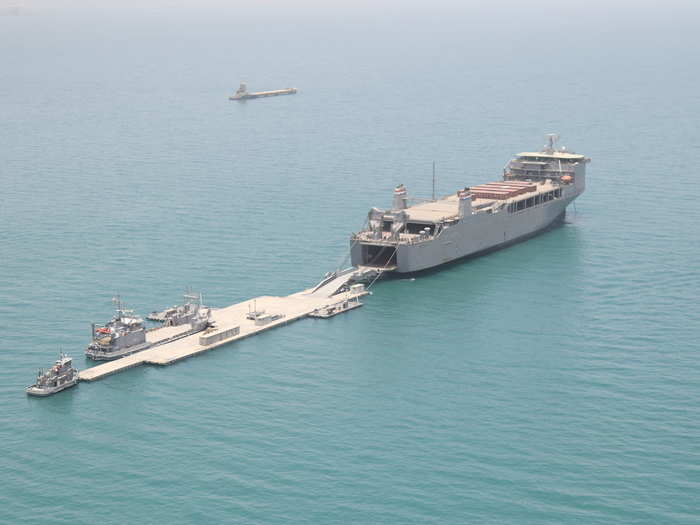
Source: The War Zone
In 2017, the Army awarded a nearly billion-dollar contract for the construction of 36 modern landing craft, the Maneuver Support Vessel (Light).
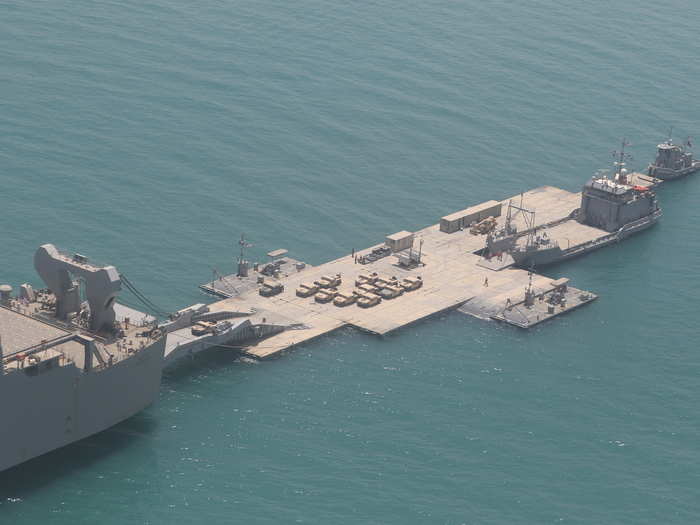
Source: Defense News
Army watercraft "expand commanders’ movement and maneuver options in support of unified land operations," the service says. Landing craft move personnel and cargo from bases and ships to harbors, beaches, and contested or degraded ports. Ship-to-shore enablers allow the transfer of cargo at sea, and towing and terminal operators support operations in different environments.

Source: US Army
"When higher echelons receive something like redeployment orders, they will not be restricted in their ability to just travel by land or air. They will also understand the Army has these unique capabilities to redeploy their forces or insert their forces into an austere environment if needed," Sgt. 1st Class Chase Conner, assigned to the 7th Transportation Brigade, said during an exercise in summer 2018.
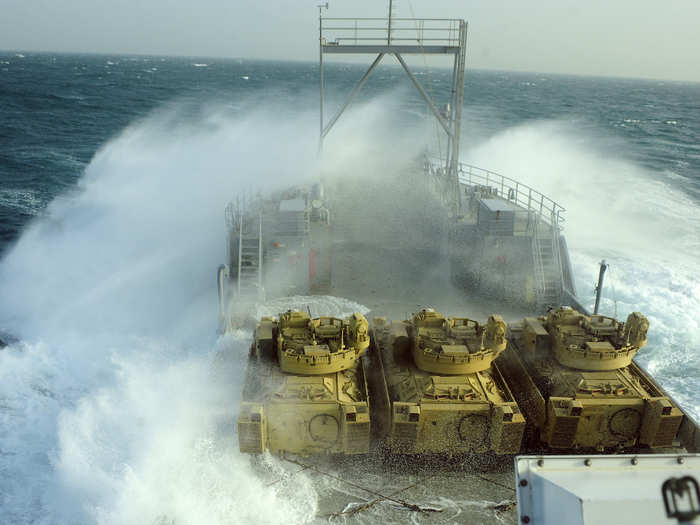
Source: US Army
Despite what the Army's watercraft bring to the fight, the service thinks it can do without them. In June 2018, Army Secretary Mark Esper ordered the divestment of "all watercraft systems" in preparation for the service's 2020 budget. At that time, Esper said the Army had found $25 billion that could be cut and spent on other projects.
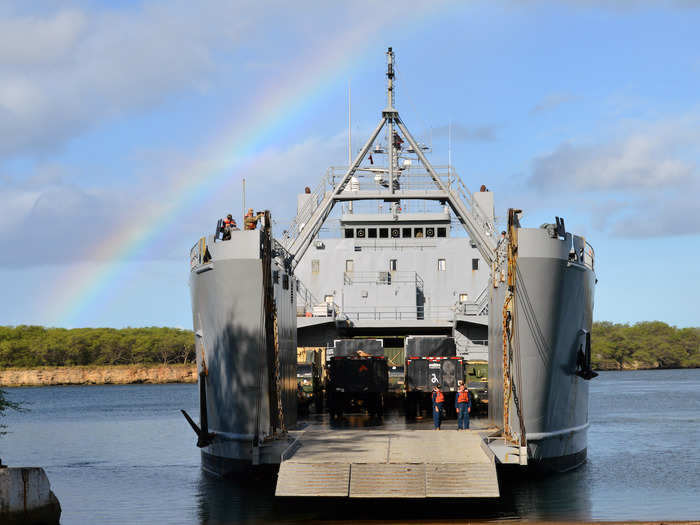
Source: Stars and Stripes
"The Army is assessing its watercraft program to improve readiness, modernize the force and reallocate resources," Army spokeswoman Cheryle Rivas told Stars and Stripes.
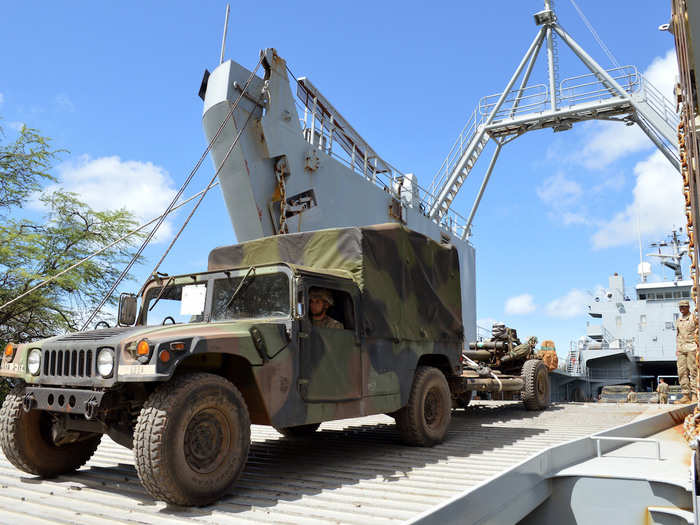
Source: Stars and Stripes
The Army would be ditching its boats at a record pace. Most units picked for deactivation are identified two to five years in advance.
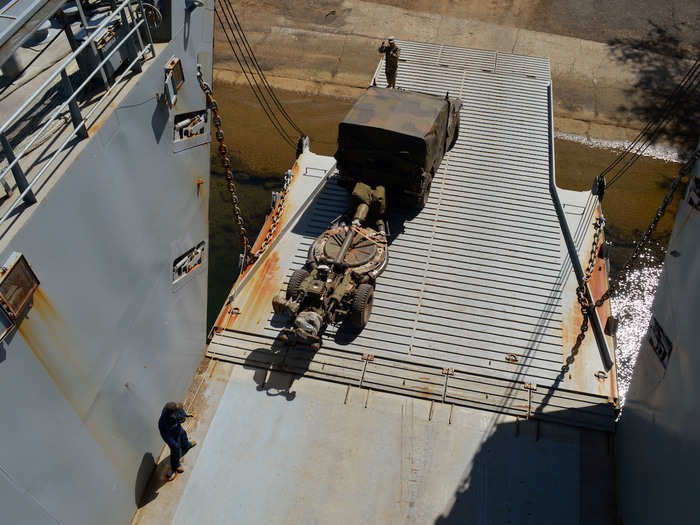
Source: Stars and Stripes
"What makes this situation different than other in-activations is the short notification, the number of units and positions identified, and the unique equipment and capability being in-activated," according to notes accompanying a PowerPoint presentation dated January 8, obtained by Stars and Stripes.
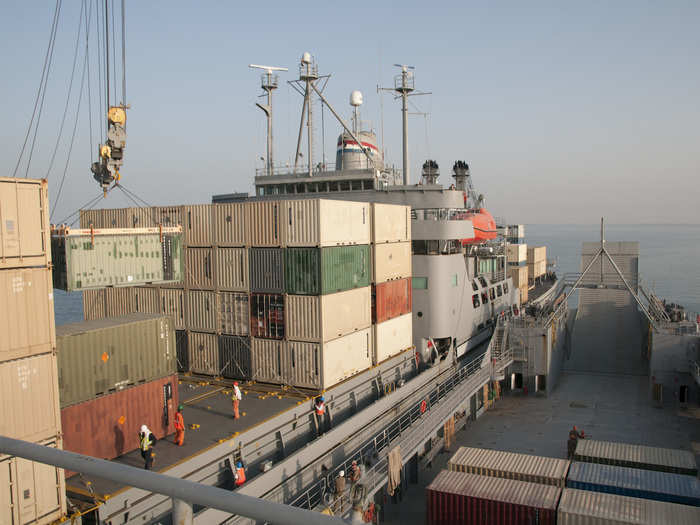
Source: Stars and Stripes
The deactivations and unit closures laid out in the slides would affect at least 746 positions. Recruitment and training of Army mariners would also be put on hold until a final decision is made about the service's watercraft. Decisions about what, where, and how to cut are still being made.
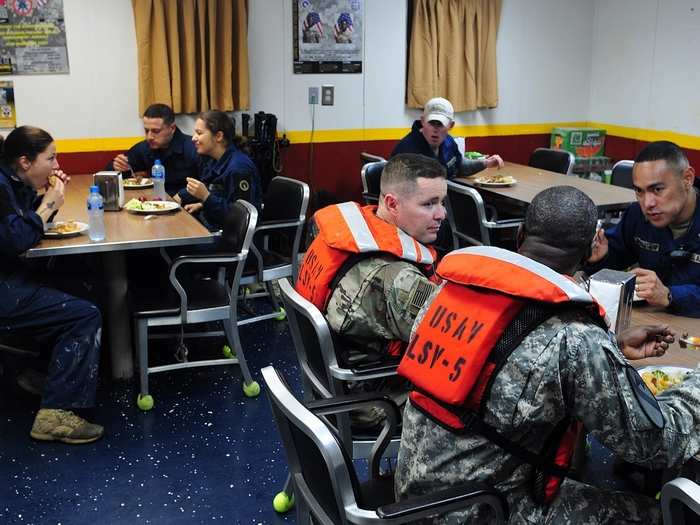
Source: Stars and Stripes, Army Times
The Army Reserve oversees much of the service's marine force, managing about one-quarter of the fleet. The memo seen by gCaptain said soldiers now in the maritime field would be "assessed into units where they can best serve the needs of the Army Reserve while also being gainfully employed."
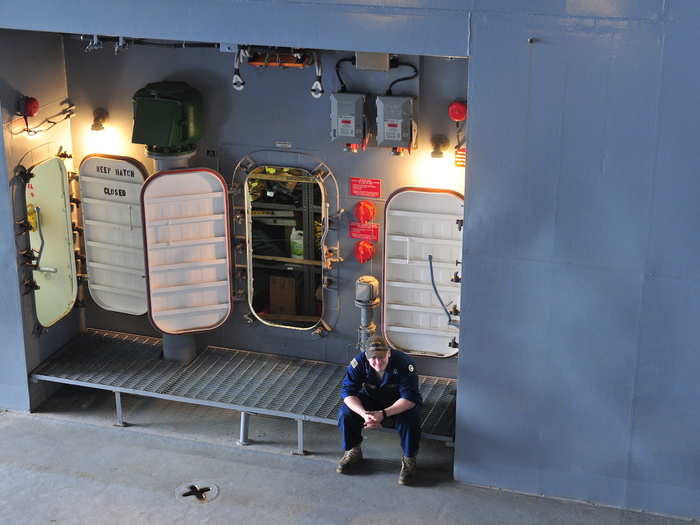
Some of the boats currently managed by the Reserve component could be reassigned to the active-duty forces. Others could be decommissioned, stripped of military markings, and sold off.
Source: Stars and Stripes, gCaptain
Ditching its watercraft may free up cash for the Army to use elsewhere on higher-priority projects. But shedding the boats that move soldiers and machines from ship to shore has raised concerns about the Army's ability to get to future fights.
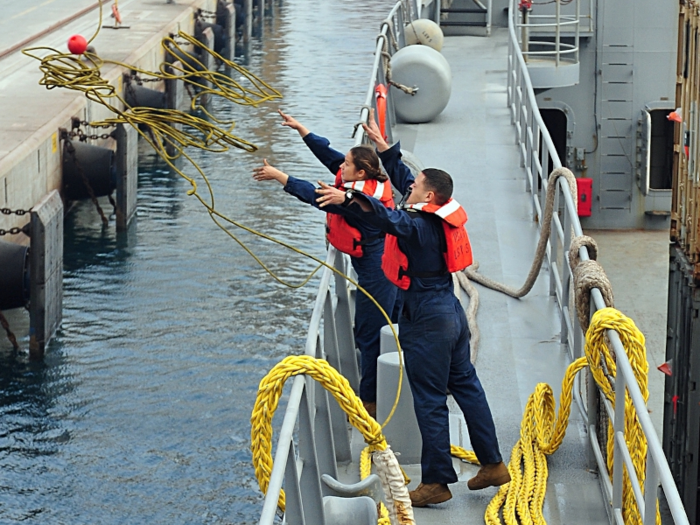
At the end of 2018, the Army's logistics staff told Congress that declining sealift capacity — exacerbated the aging of transport vessels — could create "unacceptable risk in force projection" within five years if the Navy doesn't take action.
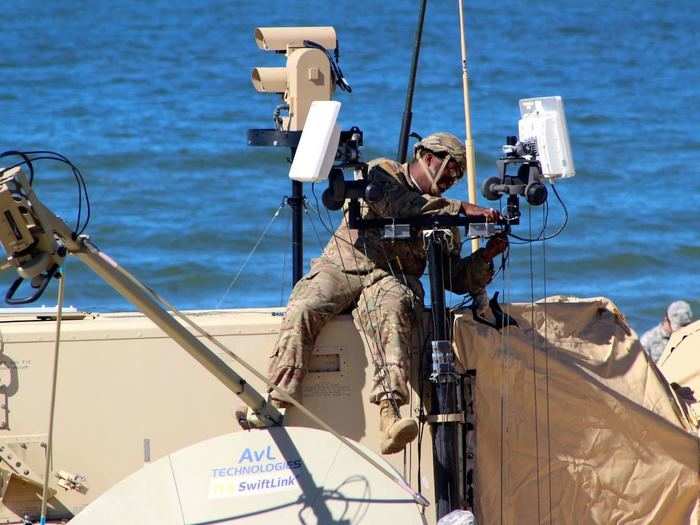
Source: Defense News
"The Army's ability to project military power influences adversaries' risk calculations," the Army G-4 document said, according to Defense News, which described it as "reflect[ing] the Army’s growing impatience with the Navy’s efforts to recapitalize its surge sealift ships."
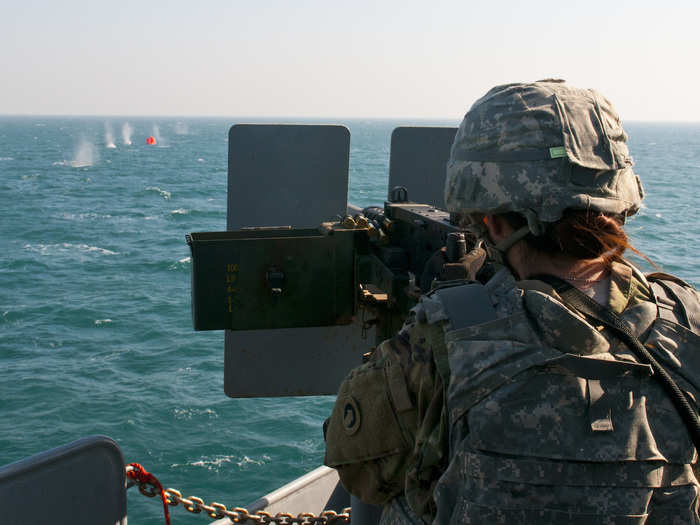
Source: Defense News
But even if the sealift fleet were fully stocked and trained, many of its ships, which are tasked with transporting gear for the Army and Marine Corps, can't unload in underdeveloped or contested ports and waterways, particularly areas where enemies could attack or project force.

Source: Army Times
"My fear is the Army doesn't understand what we have or what we're getting rid of," Michael Carr, a retired Army Reserve mariner and author of the gCaptain report, told Stars and Stripes. "I am concerned the Army will have to respond to something in Southeast Asia or South America, somewhere with hostile shores or underdeveloped ports, and we will need this capability and we won’t have it."

Source: Army Times
Popular Right Now
Popular Keywords
Advertisement